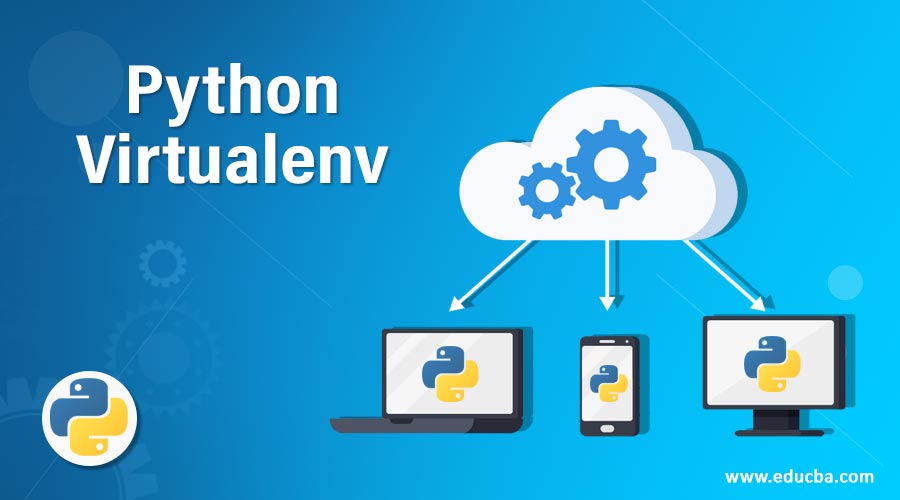
It is recommended to use a dedicated virtual environment for that purpose.

Thanks to capabilities of serverless-wsgi, it is also possible to run your application locally, however, in order to do that, you will need to first install werkzeug dependency, as well as all other dependencies listed in requirements.txt. Which should result in the following response:


InvocationĪfter successful deployment, you can call the created application via HTTP: curl For details on how to do that, refer to httpApi event docs. For production deployments, you might want to configure an authorizer. Note: In current form, after deployment, your API is public and can be invoked by anyone. ✔ Service deployed to stack aws-python-flask-api-project-dev (182s)Īpi: aws-python-flask-api-project-dev-api (1.5 MB) In order to deploy with dashboard, you need to first login with: serverless loginĪnd then perform deployment with: serverless deployĪfter running deploy, you should see output similar to: Deploying aws-python-flask-api-project to stage dev (us-east-1) This example is made to work with the Serverless Framework dashboard, which includes advanced features such as CI/CD, monitoring, metrics, etc. For details on that, please refer to corresponding GitHub repository. venvĪlternatively, you can also use dockerizePip configuration from serverless-python-requirements. You can create and activate a dedicated virtual environment with the following command: python3.8 -m venv. In order to package your dependencies locally with serverless-python-requirements, you need to have Python3.8 installed locally. For more details about serverless-python-requirements configuration, please refer to corresponding GitHub repository. Additionally, the template relies on serverless-python-requirements plugin for packaging dependencies from requirements.txt file.

To learn more about serverless-wsgi, please refer to corresponding GitHub repository. The implementation takes advantage of serverless-wsgi, which allows you to wrap WSGI applications such as Flask apps. As the events are configured in a way to accept all incoming requests, Flask framework is responsible for routing and handling requests internally. To learn more about httpApi event configuration options, please refer to httpApi event docs. This template configures a single function, api, which is responsible for handling all incoming requests thanks to configured httpApi events. This template demonstrates how to develop and deploy a simple Python Flask API service running on AWS Lambda using the traditional Serverless Framework. Serverless Framework Python Flask API on AWS


 0 kommentar(er)
0 kommentar(er)
